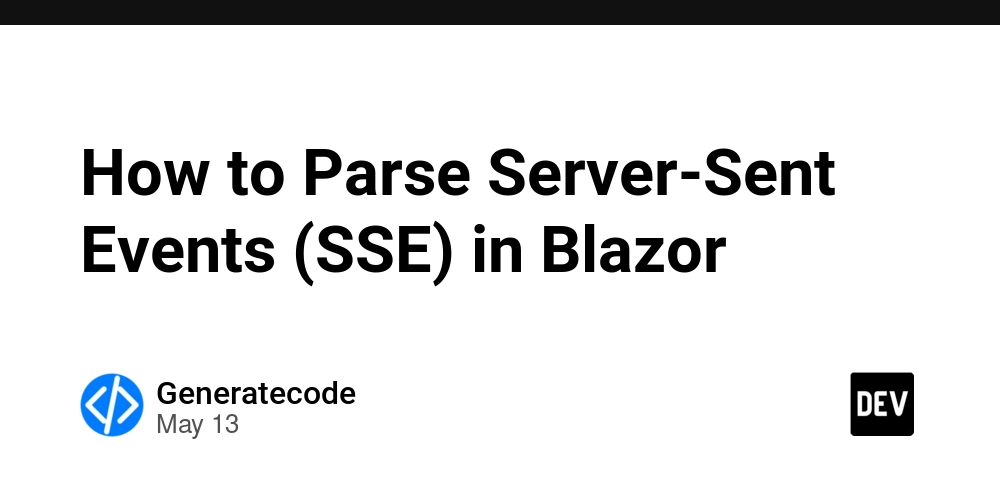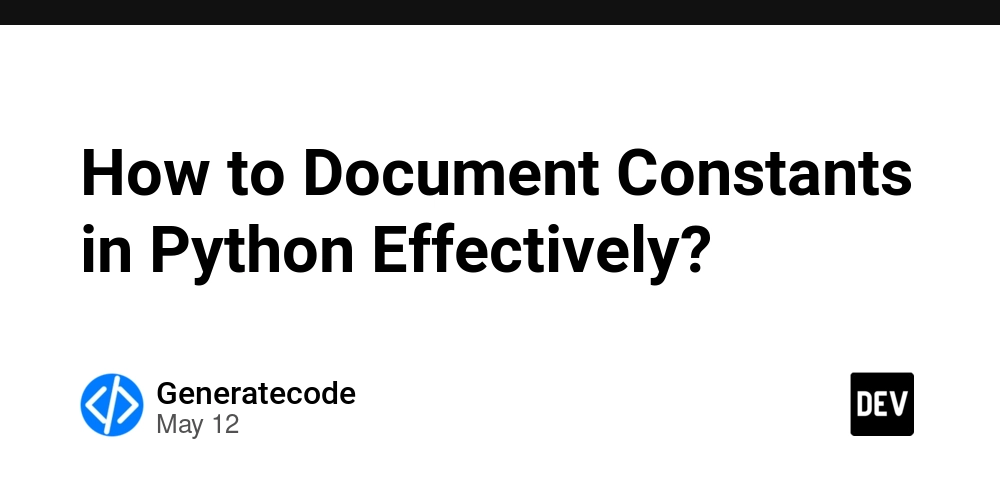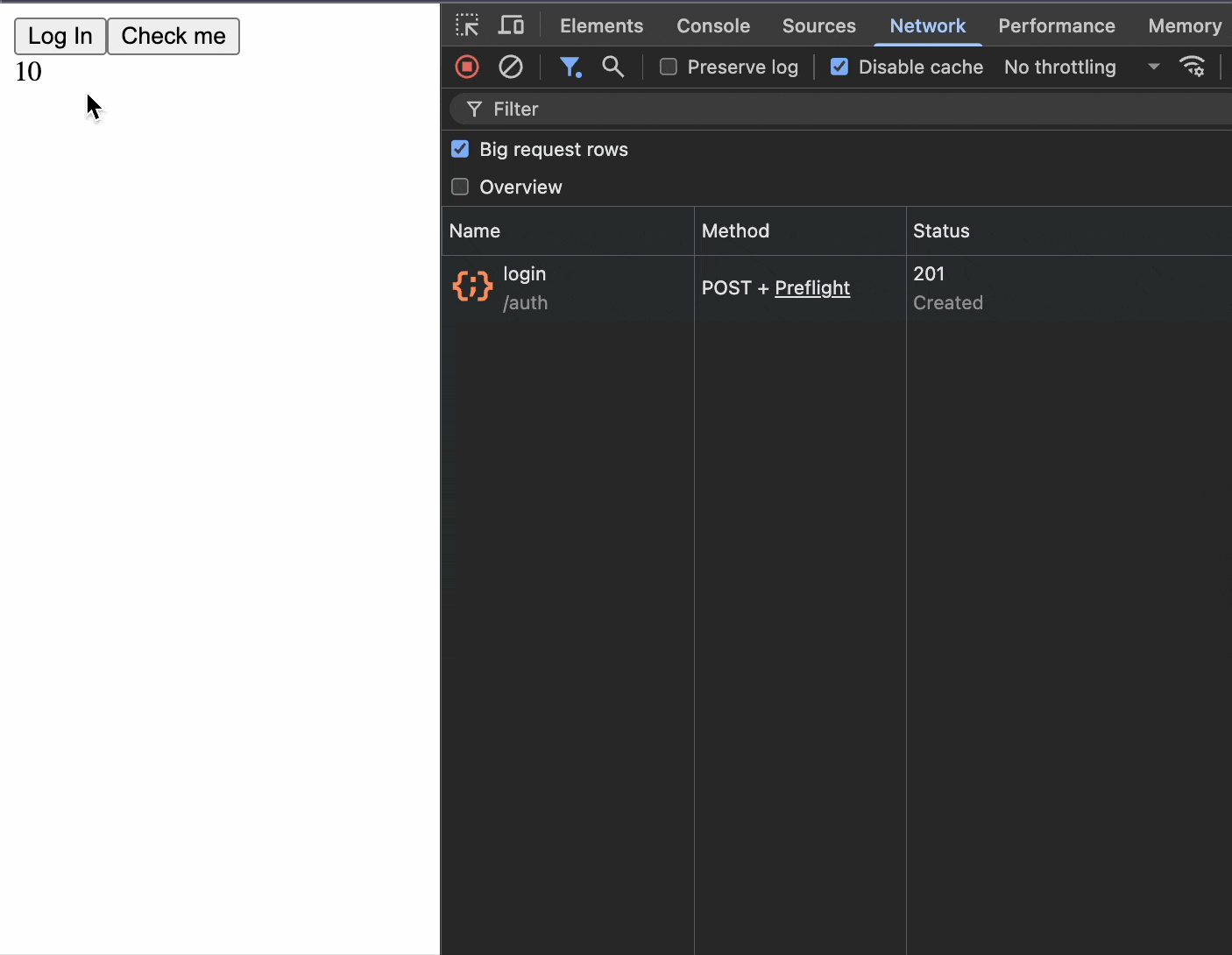Navigating the Patent Invalidation Process: From Search to Filing
Introduction In today’s fast-paced innovation landscape, the value of a patent can define a company’s market position—or jeopardize it. But what happens when a patent stands on shaky legal ground? For patent attorneys, understanding the full patent invalidation process is not just a tactical skill—it’s a strategic necessity. Navigating the patent invalidation process: from search to filing requires more than a basic understanding of legal statutes. It demands precision, foresight, and increasingly, technological sophistication. With the rise of AI-powered tools like PatentScan.AI, attorneys now have unprecedented capabilities to streamline prior art searches and bolster their invalidation strategies with speed and accuracy. In this comprehensive guide, we walk through the entire invalidation journey—from identifying grounds for challenge and conducting robust prior art searches, to drafting persuasive petitions and navigating jurisdiction-specific procedures. Along the way, we explore how cutting-edge platforms like PatentScan.AI are revolutionizing this high-stakes process. What is Patent Invalidation? Definitions and Context Patent invalidation is the legal process of revoking a granted patent by demonstrating that it should not have been issued in the first place. This often hinges on a challenge based on prior art, lack of novelty, or obviousness. Why Patent Invalidation Matters in IP Strategy Patent invalidation plays a vital role in: Defensive litigation – countering infringement lawsuits. Offensive positioning – clearing the path to market. Portfolio management – identifying and eliminating weak patents. AI tools like PatentScan.AI enable attorneys to uncover hidden prior art faster, leading to smarter, more strategic invalidation decisions. Legal Foundations of Patent Invalidation Grounds for Invalidation Lack of Novelty – Prior art predating the patent. Obviousness – No inventive step (35 U.S.C. §103). Insufficient Disclosure – Claims not fully enabled or described. Non-Patentable Subject Matter – Laws of nature, abstract ideas. Prior Public Use or Sale – Use before the patent’s priority date. Key Legal Standards Across Jurisdictions U.S. – Inter Partes Review (IPR), Post-Grant Review (PGR), and PTAB proceedings. EPO – Oppositions within 9 months of grant. Asia – China and Japan have local invalidation boards and procedures. Pre-Filing Preparation Strategic Objectives Behind Invalidation Defensive: Avoid infringement liability. Offensive: Disarm competitor patents. Transactional: Due diligence during M&A or licensing. Understanding the Target Patent Conduct a claim construction analysis. Verify legal status, ownership, and continuation history. Prior Art Search and Analysis Methods of Conducting Prior Art Search Manual review using databases like USPTO, Google Patents. AI-assisted search with semantic interpretation and claim mapping. Leveraging AI in Prior Art Discovery PatentScan.AI uses: Contextual semantic analysis Intelligent claim comparison Relevance ranking of references Example: PatentScan.AI uncovered a Japanese whitepaper that invalidated a U.S. software patent—something missed by traditional search teams. Filing the Invalidation Petition Choosing the Right Legal Route IPR – Challenges based on patents/publications. PGR – Broader range of invalidity grounds. Ex Parte Reexamination Opposition (EPO and beyond) Drafting the Petition Clearly outline legal basis. Include prior art references, claim charts, and expert declarations. Use PatentScan.AI export features to insert structured evidence summaries. Procedural Aspects and Litigation Strategy Administrative vs. Judicial Routes Administrative (e.g., PTAB) is faster and cost-effective. Judicial (district court) may offer broader discovery but higher costs. Responding to Invalidation File preliminary responses. Consider amending claims or seeking settlements. International Considerations Jurisdictional Differences Filing timelines Burden of proof Local language document requirements Example: China’s CNIPA permits invalidation at any point during the life of the patent. Post-Invalidation Outcomes Legal and Commercial Impacts Patent unenforceable in whole or part. Infringement suits collapse or settle. Licensing rights voided or renegotiated. Case Studies High-Profile Examples Apple v. Qualcomm – invalidation of modem-related patents via PTAB. Amazon’s one-click patent – narrowed or revoked in multiple jurisdictions. Role of Technology and Automation How PatentScan.AI Transforms the Invalidation Process Faster search cycles AI-generated relevance rankings Semantic search accur

Introduction
In today’s fast-paced innovation landscape, the value of a patent can define a company’s market position—or jeopardize it. But what happens when a patent stands on shaky legal ground? For patent attorneys, understanding the full patent invalidation process is not just a tactical skill—it’s a strategic necessity.
Navigating the patent invalidation process: from search to filing requires more than a basic understanding of legal statutes. It demands precision, foresight, and increasingly, technological sophistication. With the rise of AI-powered tools like PatentScan.AI, attorneys now have unprecedented capabilities to streamline prior art searches and bolster their invalidation strategies with speed and accuracy.
In this comprehensive guide, we walk through the entire invalidation journey—from identifying grounds for challenge and conducting robust prior art searches, to drafting persuasive petitions and navigating jurisdiction-specific procedures. Along the way, we explore how cutting-edge platforms like PatentScan.AI are revolutionizing this high-stakes process.
What is Patent Invalidation?
Definitions and Context
Patent invalidation is the legal process of revoking a granted patent by demonstrating that it should not have been issued in the first place. This often hinges on a challenge based on prior art, lack of novelty, or obviousness.
Why Patent Invalidation Matters in IP Strategy
Patent invalidation plays a vital role in:
- Defensive litigation – countering infringement lawsuits.
- Offensive positioning – clearing the path to market.
- Portfolio management – identifying and eliminating weak patents.
AI tools like PatentScan.AI enable attorneys to uncover hidden prior art faster, leading to smarter, more strategic invalidation decisions.
Legal Foundations of Patent Invalidation
Grounds for Invalidation
- Lack of Novelty – Prior art predating the patent.
- Obviousness – No inventive step (35 U.S.C. §103).
- Insufficient Disclosure – Claims not fully enabled or described.
- Non-Patentable Subject Matter – Laws of nature, abstract ideas.
- Prior Public Use or Sale – Use before the patent’s priority date.
Key Legal Standards Across Jurisdictions
- U.S. – Inter Partes Review (IPR), Post-Grant Review (PGR), and PTAB proceedings.
- EPO – Oppositions within 9 months of grant.
- Asia – China and Japan have local invalidation boards and procedures.
Pre-Filing Preparation
Strategic Objectives Behind Invalidation
- Defensive: Avoid infringement liability.
- Offensive: Disarm competitor patents.
- Transactional: Due diligence during M&A or licensing.
Understanding the Target Patent
- Conduct a claim construction analysis.
- Verify legal status, ownership, and continuation history.
Prior Art Search and Analysis
Methods of Conducting Prior Art Search
- Manual review using databases like USPTO, Google Patents.
- AI-assisted search with semantic interpretation and claim mapping.
Leveraging AI in Prior Art Discovery
PatentScan.AI uses:
- Contextual semantic analysis
- Intelligent claim comparison
- Relevance ranking of references
Example: PatentScan.AI uncovered a Japanese whitepaper that invalidated a U.S. software patent—something missed by traditional search teams.
Filing the Invalidation Petition
Choosing the Right Legal Route
- IPR – Challenges based on patents/publications.
- PGR – Broader range of invalidity grounds.
- Ex Parte Reexamination
- Opposition (EPO and beyond)
Drafting the Petition
- Clearly outline legal basis.
- Include prior art references, claim charts, and expert declarations.
- Use PatentScan.AI export features to insert structured evidence summaries.
Procedural Aspects and Litigation Strategy
Administrative vs. Judicial Routes
- Administrative (e.g., PTAB) is faster and cost-effective.
- Judicial (district court) may offer broader discovery but higher costs.
Responding to Invalidation
- File preliminary responses.
- Consider amending claims or seeking settlements.
International Considerations
Jurisdictional Differences
- Filing timelines
- Burden of proof
- Local language document requirements
Example: China’s CNIPA permits invalidation at any point during the life of the patent.
Post-Invalidation Outcomes
Legal and Commercial Impacts
- Patent unenforceable in whole or part.
- Infringement suits collapse or settle.
- Licensing rights voided or renegotiated.
Case Studies
High-Profile Examples
- Apple v. Qualcomm – invalidation of modem-related patents via PTAB.
- Amazon’s one-click patent – narrowed or revoked in multiple jurisdictions.
Role of Technology and Automation
How PatentScan.AI Transforms the Invalidation Process
- Faster search cycles
- AI-generated relevance rankings
- Semantic search accuracy beyond keywords
Future of AI in IP Law
- Predictive litigation outcomes
- Real-time invalidation risk analysis
Best Practices for Patent Attorneys
Risk Mitigation
- Avoid baseless petitions.
- Balance cost and likelihood of success.
Client Communication
- Set expectations on timeline, cost, and possible outcomes.
Conclusion: Empowering Patent Attorneys Through Precision and Strategy
Navigating the patent invalidation process: from search to filing is a multi-step legal endeavor that, when done right, offers immense strategic leverage. From grounding arguments in statute to uncovering deep prior art using AI tools like PatentScan.AI, attorneys can transform invalidation from a defensive move into an offensive advantage.
Ready to elevate your invalidation practice? Explore how PatentScan.AI helps you search smarter, file faster, and win more confidently in the IP arena.
Quick Takeaways
- Patent invalidation can eliminate weak or obstructive patents.
- Prior art search is the cornerstone of a successful challenge.
- AI tools like PatentScan.AI provide deeper, faster insight.
- Jurisdiction matters – align your strategy accordingly.
- Thorough claim analysis and evidence documentation are key.
- Invalidation can lead to settlement, redesign, or market freedom.
FAQs
What are the most common grounds for patent invalidation?
Lack of novelty, obviousness, and insufficient disclosure are the top reasons patents are invalidated.How can AI tools improve prior art search for invalidation cases?
AI tools like PatentScan.AI uncover hidden references using semantic search and context-based filtering.What’s the difference between patent invalidation and reexamination?
Invalidation is adversarial and often part of litigation. Reexamination is more administrative and limited in scope.When should a company consider filing a patent invalidation claim?
When facing infringement risk, entering new markets, or during M&A due diligence.Can patent invalidation be pursued internationally?
Yes, but the procedures vary—e.g., IPR in the U.S., opposition in Europe, CNIPA reviews in China.
We’d Love to Hear From You!
Did this guide help clarify your invalidation strategy?
What’s the biggest challenge you've faced during a patent invalidation case?
Drop a comment or share this with your network—your insights help shape better conversations in the IP community.
















































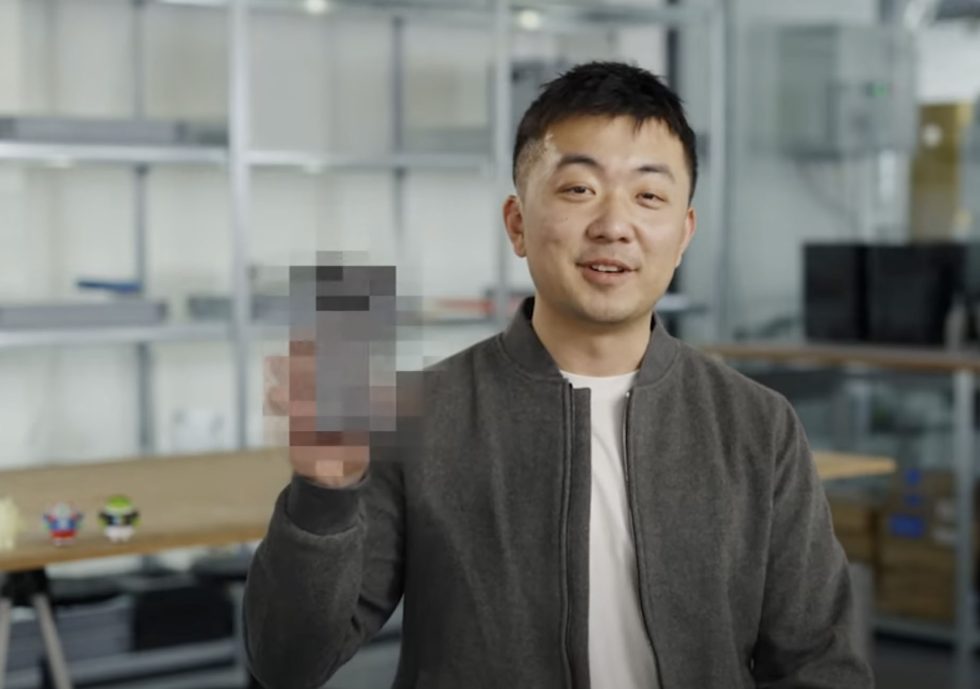

























![Apple Unveils Powerful New Accessibility Features for iOS 19 and macOS 16 [Video]](https://www.iclarified.com/images/news/97311/97311/97311-640.jpg)



















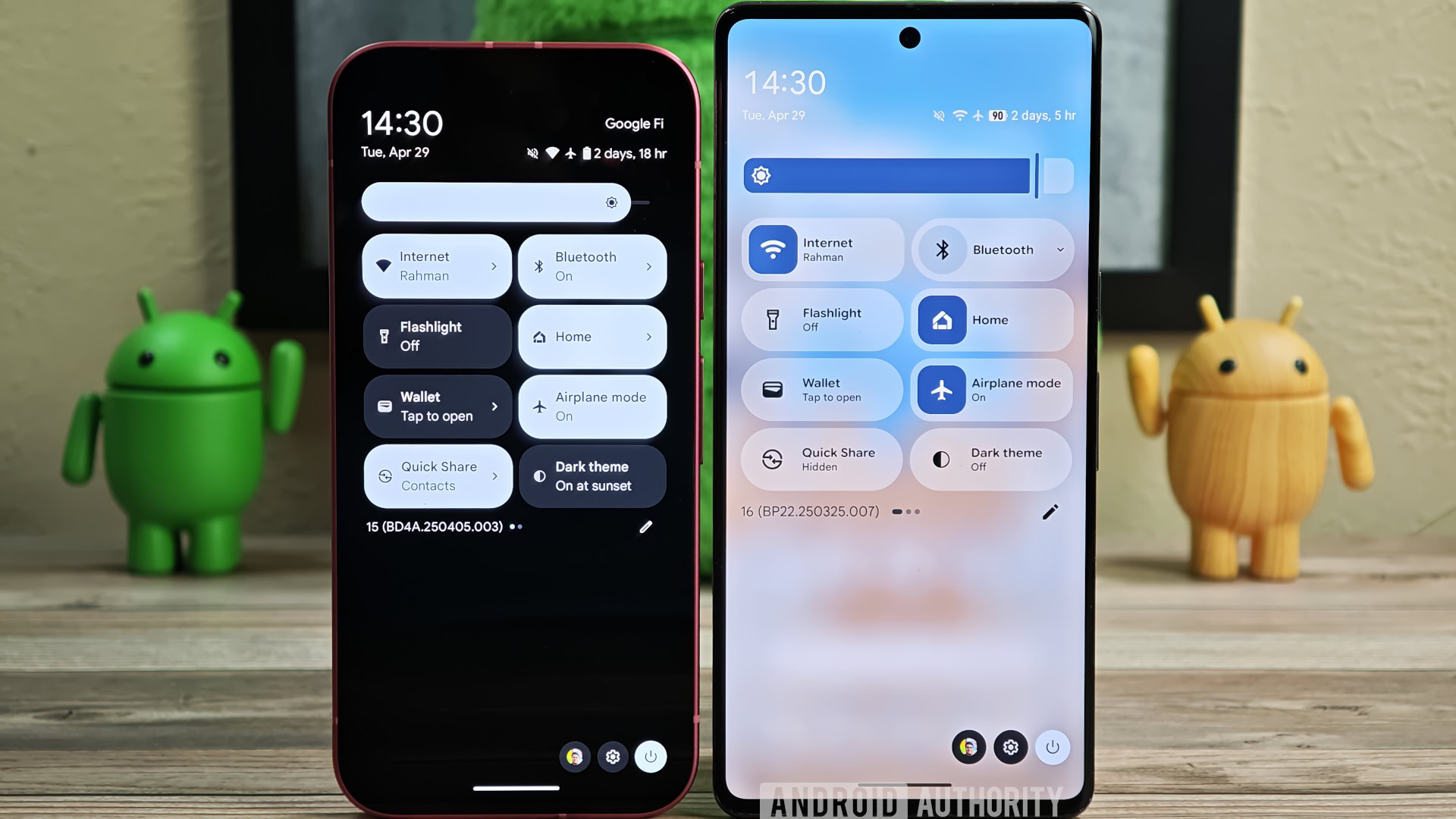







-xl.jpg)





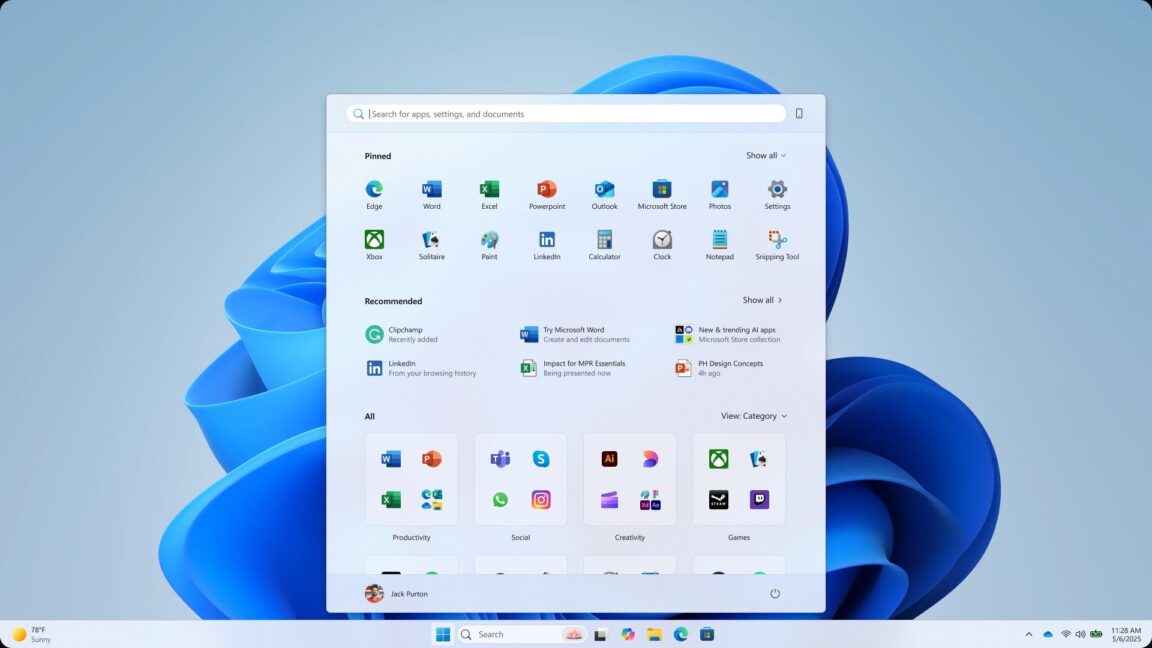















































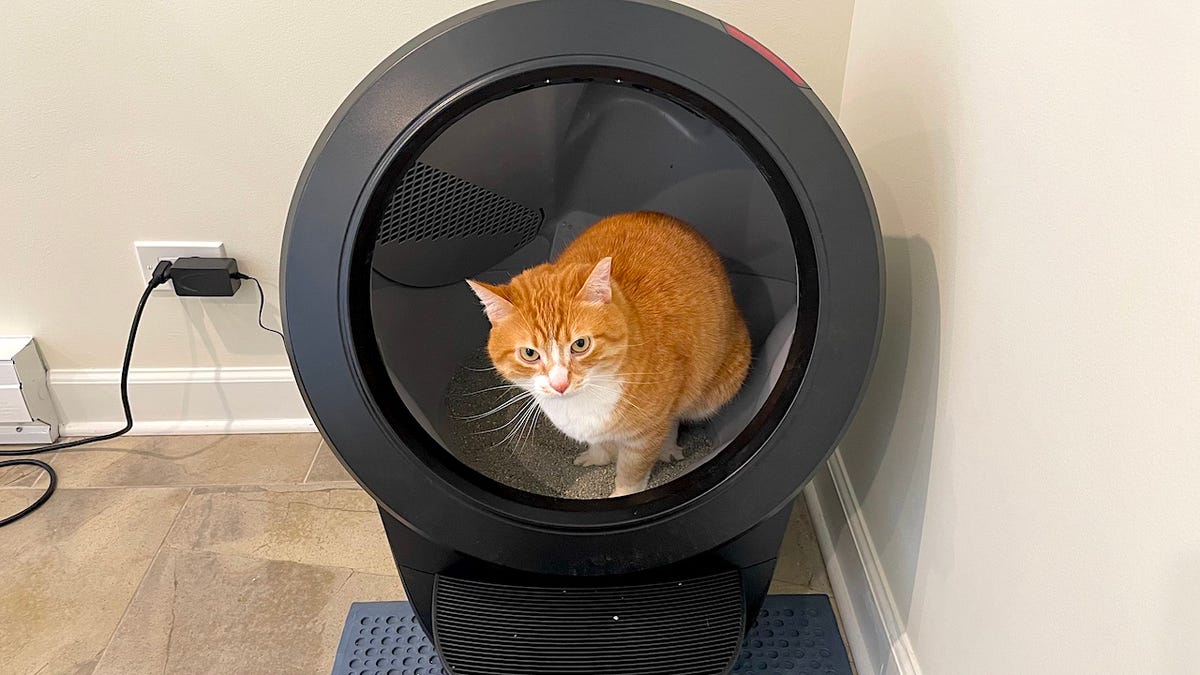

























.png?#)
.png?#)



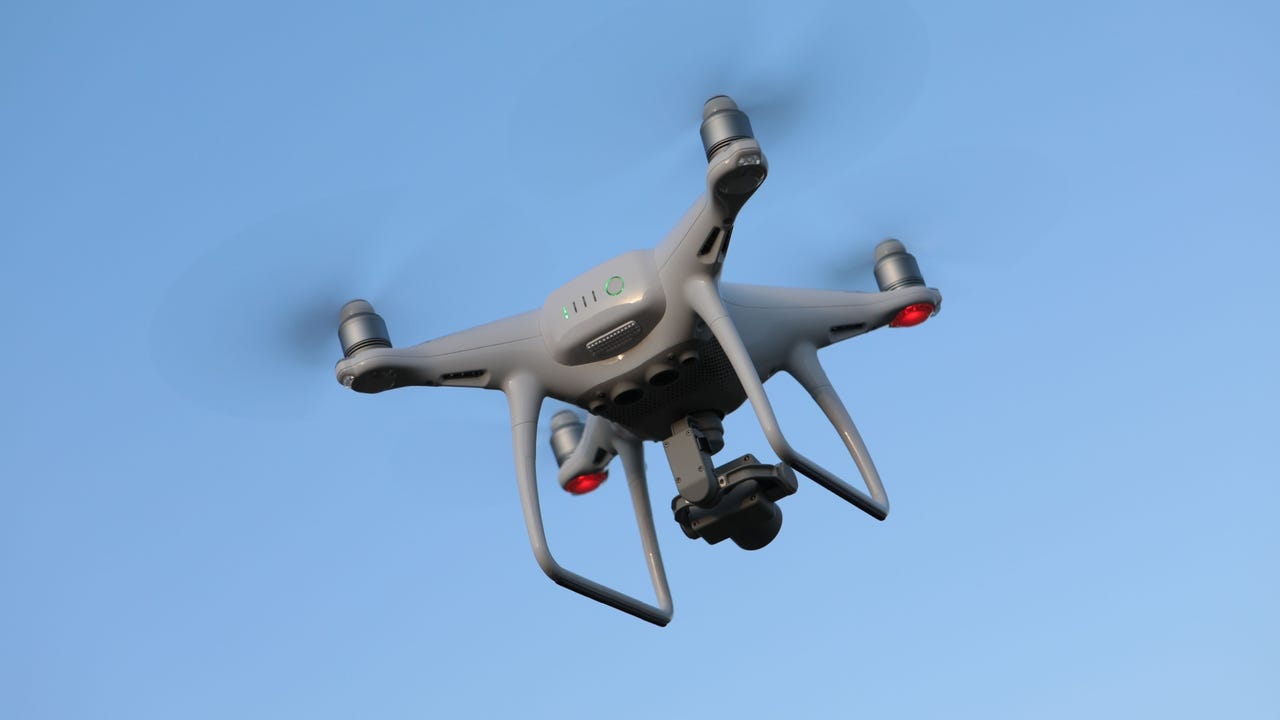





















































































































![[The AI Show Episode 147]: OpenAI Abandons For-Profit Plan, AI College Cheating Epidemic, Apple Says AI Will Replace Search Engines & HubSpot’s AI-First Scorecard](https://www.marketingaiinstitute.com/hubfs/ep%20147%20cover.png)






























































































































































